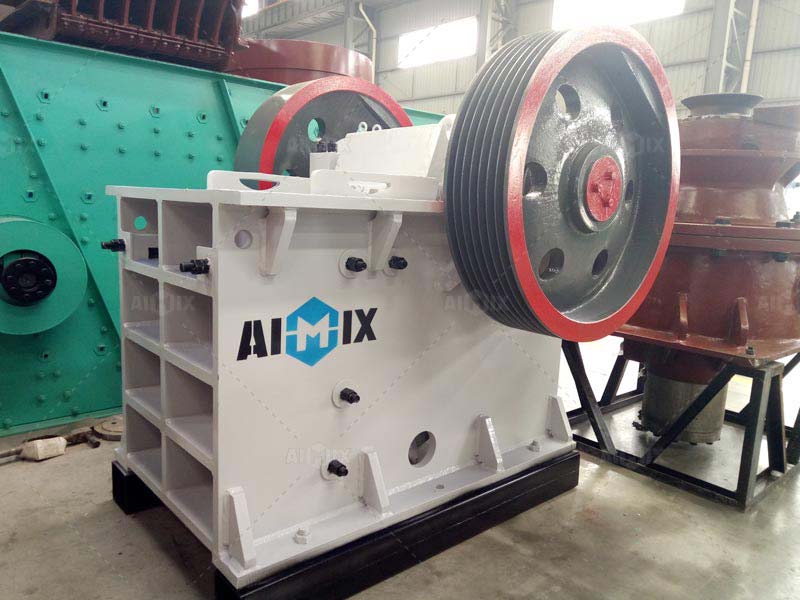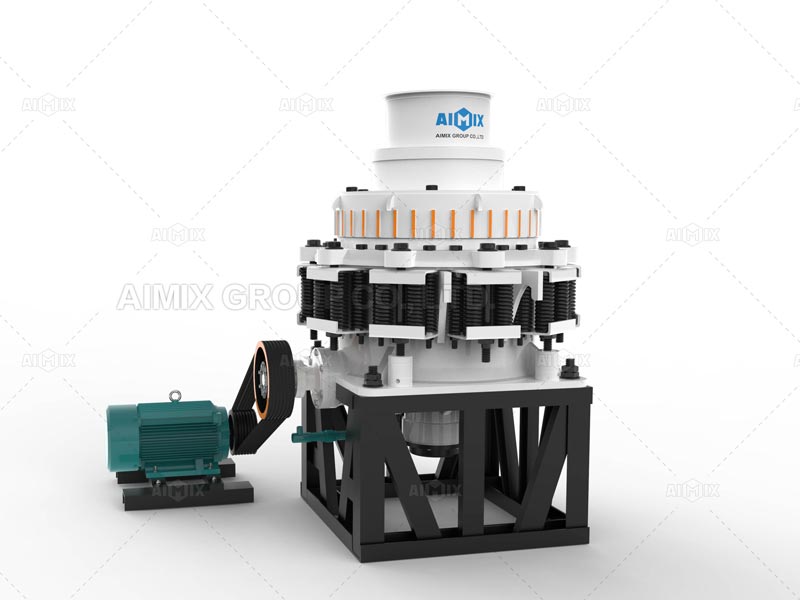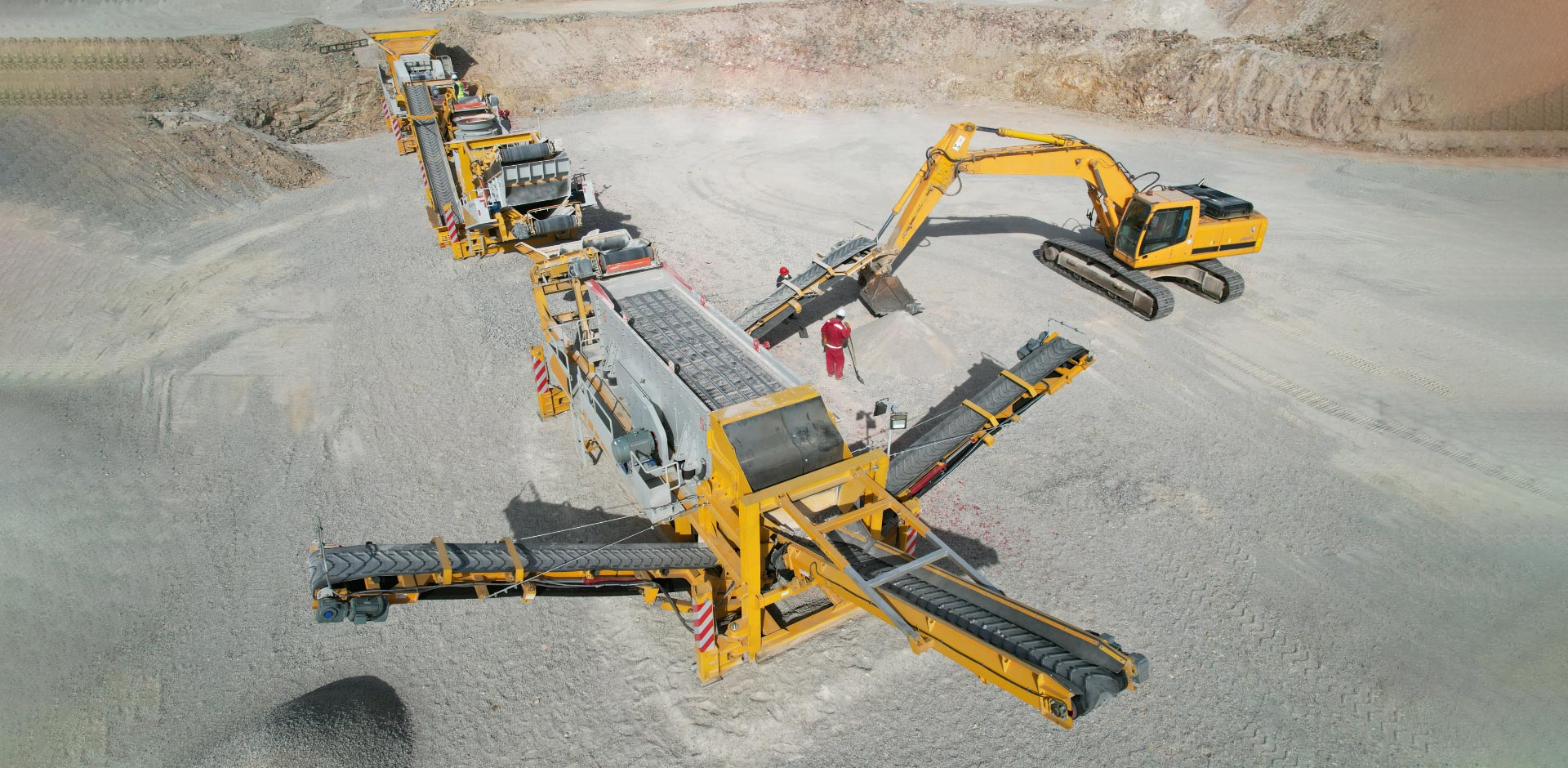Jaw crushers and cone crushers are both popularly used in the mining, quarrying, and recycling industries for their efficient crushing capabilities. While they share some similarities, they also have distinct differences in terms of design, working principles, and applications. Here’s a comparison between jaw crushers and cone crushers:
Design:
Jaw Crusher: A jaw crusher consists of a fixed jaw and a moving jaw. The fixed jaw is stationary and mounted on a frame, while the moving jaw is attached to a toggle plate. The crushing chamber is formed by the movable jaw and the fixed jaw, where the material is compressed and crushed.
Cone Crusher: A cone crusher machine, on the other hand, consists of an eccentrically rotating spindle, an outer shell, a mantle, and a concave. The material is fed into the crushing chamber through a hopper and is crushed between the mantle and concave as the mantle moves eccentrically.

Crushing Principle:
Jaw Crusher: Jaw crushers operate based on a compression principle, where the material is squeezed between two surfaces to break it into smaller pieces. The movable jaw exerts force on the rock by pressing it against the fixed jaw.
Cone Crusher: Cone crushers work based on an impact principle. The rock is fed into the crushing chamber and is impacted by the mantle against the stationary concave. This impact generates compression, crushing the material.
Crushing Process:
Jaw Crusher: Jaw crushers for sale Philippines are primarily used for coarse crushing and intermediate crushing of hard and medium-hard materials. The material is fed into the crushing chamber and is progressively crushed between the two jaws until it reaches the desired size.
Cone Crusher: Cone crushers are used for secondary and tertiary crushing applications. The material is fed into the crushing chamber and encounters the rotating mantle, which crushes the rock against the stationary concave. The crushed material is then discharged through the discharge opening.

Output Size:
Jaw Crusher: Jaw crushers are capable of producing a relatively uniform product size with a smaller proportion of fines. The output size of a jaw crusher is determined by the size of the opening at the top of the jaws (feed opening).
Cone Crusher: Cone crushers can produce more uniform-sized product with a higher proportion of fines compared to jaw crushers. The output size of a cone crusher is controlled by the gap between the mantle and concave. Get crusher here: https://aimixgroup.ph/mobile-crusher-plant/
Applications:
Jaw Crusher: Jaw crushers are commonly used for primary crushing of hard materials such as granite, basalt, ores, and recycled concrete. They are suitable for both stationary and mobile applications.
Cone Crusher: Cone crushers are often used for secondary and tertiary crushing in the mining and aggregate industries. They are particularly suited for crushing hard and abrasive materials such as granite, basalt, and iron ore.
It’s important to note that these are general comparisons, and the performance of jaw crusher machines for sale and cone crushers can vary depending on factors such as the specific material being crushed, the feed size, the desired product size, and the operational parameters of the equipment. Consulting with manufacturers or experts in the field can provide more detailed information regarding specific applications and requirements.
